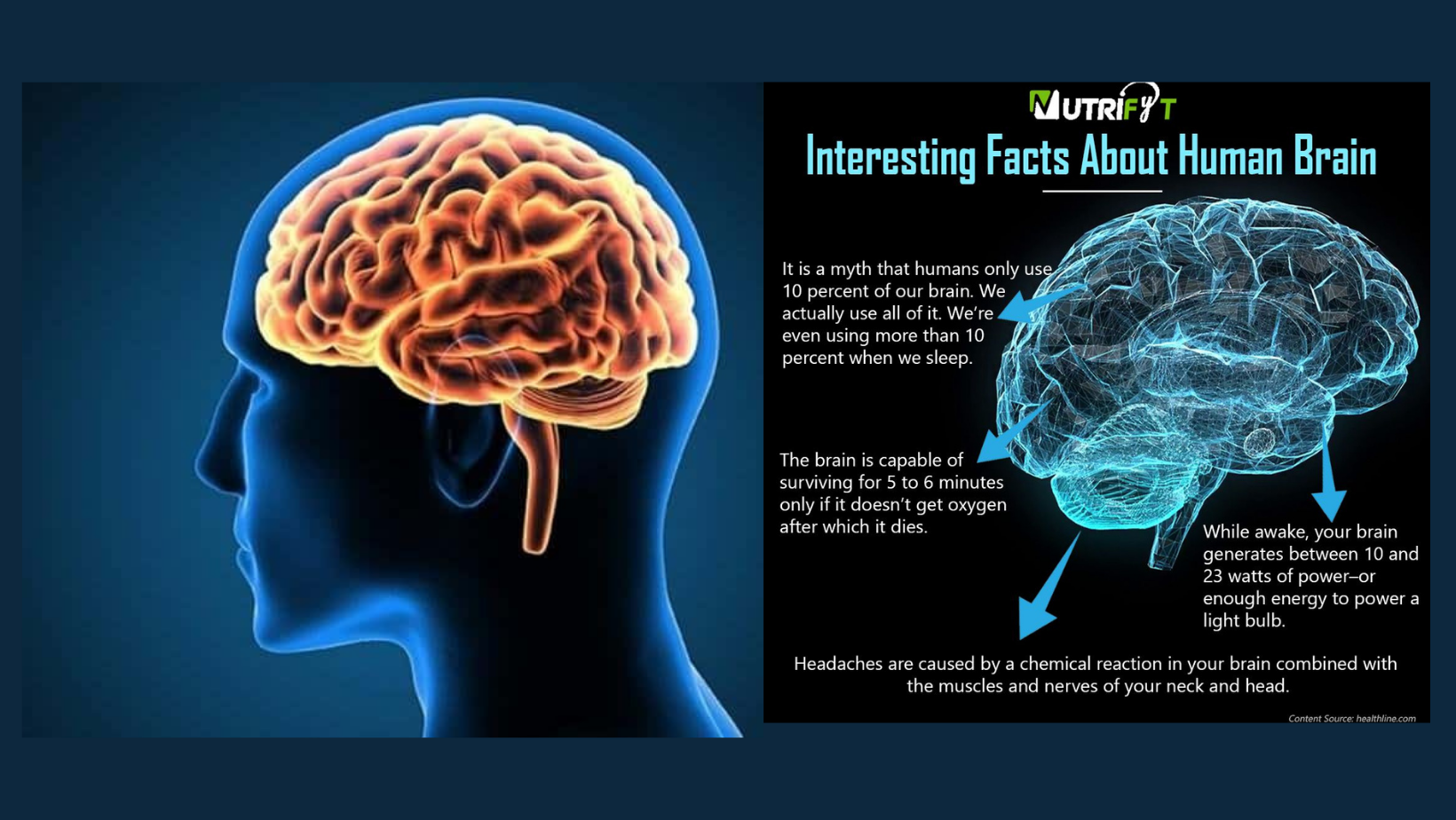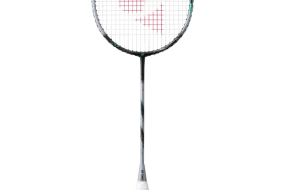
The cerebrum, cerebellum, and brainstem are the three major regions of the brain
The cerebrum, which is made up of right and left hemispheres, is the biggest portion of the brain.
The cerebellum is positioned underneath the cerebrum.
The cerebrum and cerebellum are connected to the spinal cord through the brainstem, which serves as a relay center.
Overview’
The brain is a three-pound organ that regulates all bodily processes, analyzes information from the outside world, and embodies the mind and soul’s essence. The brain controls many things, including intelligence, creativity, emotion, and memory. The cerebrum, cerebellum, and brainstem are the parts of the brain that are protected within the skull.
Our five senses – sight, smell, touch, taste, and hearing – all provide information to the brain at the same time. It assembles the signals in a fashion that makes sense to us, and it can store the data in our memory. The brain is in charge of our thoughts, memory, and speech, as well as the movement of our arms and legs and the operation of many of our body’s organs.
The brain and spinal cord make up the central nervous system (CNS). Spinal nerves branching from the spinal cord and cranial nerves branching from the brain make up the peripheral nervous system (PNS).
Brain’
The cerebrum, cerebellum, and brainstem make up the brain (Fig. 1).
1st Figure The cerebrum, cerebellum, and brainstem are the three major regions of the brain.’
The cerebrum: which is made up of right and left hemispheres, is the biggest portion of the brain. It is responsible for higher functions such as interpreting touch, vision, and hearing, as well as speaking, reasoning, emotions, learning, and fine motor control.
Underneath the cerebrum is the cerebellum. Its job is to keep muscle motions coordinated, maintain posture, and maintain balance.
The cerebrum and cerebellum are connected to the spinal cord through the brainstem, which serves as a relay center. Breathing, heart rate, body temperature, waking and sleep cycles, digestion, sneezing, coughing, vomiting, and swallowing are all autonomic activities.
1st Figure The cerebrum, cerebellum, and brainstem are the three major regions of the brain.’
The cerebrum: which is made up of right and left hemispheres, is the biggest portion of the brain. It is responsible for higher functions such as interpreting touch, vision, and hearing, as well as speaking, reasoning, emotions, learning, and fine motor control.
Underneath the cerebrum is the cerebellum. Its job is to keep muscle motions coordinated, maintain posture, and maintain balance.
The cerebrum and cerebellum are connected to the spinal cord through the brainstem, which serves as a relay center. Breathing, heart rate, body temperature, waking and sleep cycles, digestion, sneezing, coughing, vomiting, and swallowing are all autonomic activities.
Figure No. 2 The cerebrum is split into two hemispheres: left and right. The corpus callosum nerve fibers link the two sides.’
The brain’s lobes’
Fissures go through the cerebral hemispheres, dividing the brain into lobes. There are four lobes in each hemisphere: frontal, temporal, parietal, and occipital (Fig. 3). Each lobe can be subdivided into regions that fulfill extremely specialized roles once again. It’s critical to realize that each lobe of the brain does not work independently. The connections between the lobes of the brain, as well as the right and left hemispheres, are extremely complicated.
Figure 3 shows the four lobes of the cerebrum: frontal, parietal, occipital, and temporal.
The frontal lobe is a part of the brain that is responsible for
Personality, actions, and feelings
Decision-making, planning, and problem-solving
Speech (Broca’s area): speaking and writing
Movement of the body (motor strip)
Intelligence, focus, and self-awareness are all important qualities.
The parietal lobe is a part of the brain that is responsible for
Translates languages and words.
Touch, pain, and temperature are all senses that people have (sensory strip)
Interprets visual, auditory, motor, sensory, and memory information.
Perception of space and vision
Language
The left hemisphere of the brain, which is known as the “dominant” hemisphere, is in charge of language and speaking in general. When it comes to interpreting visual information and spatial processing, the right hemisphere plays a big role. Speech function may be placed on the right side of the brain in around one-third of left-handed persons. Prior to any operation in that area, left-handed persons may require specific testing to establish whether their speech center is on the left or right side.
Aphasia is a language disorder that affects speech production, comprehension, reading, and writing as a result of a brain damage, most frequently caused by a stroke or trauma. The type of aphasia is determined by the brain region that has been injured.
Broca’s region is located in the left frontal lobe of the brain (Fig 3). If this region is injured, it may be difficult to move the tongue or face muscles in order to make speech sounds. Broca’s aphasia is a condition in which a person can read and understand spoken language but has trouble speaking and writing (i.e. creating letters and words, not writing inside lines).
Wernicke’s region is located in the temporal lobe of the left side of the brain (Fig 3). Wernicke’s aphasia is caused by damage to this region. The person may speak in lengthy, meaningless phrases, add superfluous words, and even make up new terms. They can create speech sounds, but because they have trouble interpreting speech, they are oblivious of their errors.
Cortex’
The cortex is the cerebrum’s outermost layer. With hills and valleys, it has a folded look. The cortex has 16 billion neurons (the cerebellum has 70 billion, for a total of 86 billion neurons) that are organized into layers. Gray matter gets its name from the nerve cell bodies that color the cortex grey-brown (Fig. 4). Long nerve fibers (axons) that link brain regions are found underneath the cortex and are referred to as white matter.
Figure 4: Neurons (grey matter) in the cortex are linked to other brain regions through axons (white matter). The cortex appears to be folded. A gyrus is a fold, while a sulcus is the valley between them.
The cortex’s folding increases the surface area of the brain, allowing more neurons to fit within the skull and providing greater functions. A gyrus is a fold between folds, while a sulcus is a groove between folds. The folds and grooves that help identify certain brain areas have names.
Structures that go deep’
White matter tracts are pathways that connect different parts of the brain. Messages can flow from one gyrus to the next, from one lobe to the next, from one side of the brain to the other, and even to deep brain regions (Fig. 5).
Figure 5 shows the basal ganglia in a coronal cross-section.
The hypothalamus is the master controller of the autonomic system, and it is located on the floor of the third ventricle. It helps to regulate activities including appetite, thirst, sleep, and sexual response. It also controls the body’s temperature, blood pressure, emotions, and hormone release.
The pituitary gland is located in the sella turcica, a tiny bone pocket near the base of the skull. The pituitary stalk connects the pituitary gland to the hypothalamus of the brain. It is known as the “master gland” since it is in charge of all other endocrine glands in the body. It produces hormones that regulate sexual development, stimulate bone and muscular growth, and help the body cope with stress.
Behind the third ventricle is the pineal gland. Melatonin secretion aids in the regulation of the body’s internal clock and circadian rhythms. It plays a function in the development of sexuality.
The Thalamus acts as a relay station for nearly all information sent to and received by the cortex. Pain perception, attention, attentiveness, and memory are all affected by it.
The caudate, putamen, and globus pallidus are all part of the basal ganglia. Fine motions, such as fingertip movements, are coordinated by these nuclei in collaboration with the cerebellum.
The limbic system is the nerve center of our emotions, memory, and learning. The cingulate gyri, hypothalamus, amygdala (emotional responses), and hippocampus are all part of this system (memory).
Memory’
Encoding (deciding what information is essential), storing, and remembering are three steps of the memory process. Various parts of the brain are engaged in various forms of memory (Fig. 6). For an experience to transfer from short-term to long-term memory, your brain must pay attention and rehearse, a process known as encoding.
Figure 6: The limbic system structures involved in memory formation. In short-term memory, the prefrontal cortex stores recent events. The hippocampus is in charge of long-term memory encoding.
The prefrontal cortex is where short-term memory, often known as working memory, takes place. It can only hold information for around one minute and has a capacity of about seven things. It allows you to dial a phone number that someone just told you. It also intervenes during reading to help you remember the previous sentence so that the following one makes sense.
Long-term memory is processed in the temporal lobe’s hippocampus and is engaged when you need to remember information for a longer period of time. This memory can store an endless amount of data and last for an indefinite amount of time. It includes both personal memories and statistics and figures.
The cerebellum processes skill memory and sends information to the basal ganglia. It remembers things like how to tie a shoe, play an instrument, or ride a bike automatically.
The Brain stem
Learn how the brainstem controls heart rate, breathing, and other important involuntary responses.
The brainstem serves as a type of automated control center for many of the body’s essential involuntary functions, including heartbeat, respiration, blood pressure, and numerous reflexes.
The region at the base of the brain that sits between the deep structures of the cerebral hemispheres and the cervical spinal cord and regulates some involuntary functions of the body, such as heartbeat and breathing, is known as the brainstem. The midbrain (mesencephalon), the pons (metencephalon), and the medulla oblongata are the three parts of the brainstem in humans (myelencephalon).
Many of the control centers for critical bodily processes, such as swallowing, breathing, and vasomotor regulation, are located in the brainstem. Except for those involved with olfaction and vision, all cranial nerve nuclei are situated in the brainstem, supplying motor and sensory function to cranial structures.
providing the perceptions of taste, balance, and hearing, as well as the face muscles, tongue, throat, and larynx The sympathetic and parasympathetic autonomic processes are also controlled by nuclei in the brainstem. The brainstem houses all efferent and afferent routes between the cerebrum and the cerebellum, and many of them decussate, or cross, inside this region.
Because so many critical neuronal structures are concentrated in such a tiny area of the nervous system, even little brainstem injuries can have a big impact. Brainstem problems can cause speech difficulties, vestibular disturbances, altered consciousness, dysphagia, and respiratory disturbances, to name a few. Trauma, tumors, strokes, infections, and demyelination can all cause such problems (multiple sclerosis). Some doctors consider complete loss of brainstem function to be the same as brain death.
The workings of the human brain’
The brain is a complicated organ. It weighs around 3 pounds and has approximately 100 billion neurons and 100 trillion connections. Everything you think, feel, and do is controlled by your brain.
The hemispheres of your brain are split into two parts. Within each half, specific areas are in charge of specific functions.
Although the two sides of your brain appear to be quite similar, they process information in completely different ways. The two sides of your brain do not function independently of one another, despite their opposing styles.
Nerve fibers link the various regions of your brain. You might still function if a brain damage destroyed the link between sides. However, the lack of integration would be a hindrance.
The human brain reorganizes itself on a regular basis. It can adapt to change, whether that change is physical or comes from life experience. It’s designed specifically for learning.
As scientists continue to map the brain, we’re learning more about which regions are responsible for specific activities. This data is critical for furthering research into brain illnesses and injuries, as well as how to treat them.
Tips on how to keep your mind fresh’
Keeping your brain busy, according to the Alzheimer’s Association, might assist boost vitality and perhaps produce new brain cells. They also claim that a lack of mental stimulation might raise the risk of Alzheimer’s disease.
Here are some ideas to keep your mind active:
hints and tips’
Spend some time reading, writing, or both each day.
Never stop learning new things. Take a class, attend a lecture, or attempt to learn something new.
Attempt difficult crossword and sudoku problems.
Play board games, card games, or video games to pass the time.
Take up a new activity that demands concentration.
A decent physical workout, in addition to mental activities, is beneficial to your brain. Learning and verbal memory can be improved with just 120 minutes of aerobic activity each week.
Avoid junk food and make sure you’re getting all of your vital nutrients from meals or supplements. Also, try to get a full night’s sleep every night.
Suggestions for increasing creativity’
Here are a few ideas to get you started if you want to feed your creative side:
Read about and listen to other people’s inventive ideas. You could find a germ of an idea that you can develop, or you might let your imagination go wild.
Experiment with fresh ideas. Take up a creative activity like playing an instrument, painting, or telling stories. A soothing pastime might allow your thoughts to travel to new locations.
Take a look inside. This might assist you in learning more about yourself and what makes you tick. Why are certain hobbies more appealing to you than others?
Keep it up to date. Break your routines and venture outside of your comfort zone. Take a vacation to somewhere you’ve never been before. Take a trip to another country and immerse yourself in its culture. Take a class in something you’ve never studied before.
hints and tips’
Write down fresh ideas as they come to you and work on expanding them further.
Brainstorm. When presented with an issue, attempt to come up with a few different approaches to solving it.
Leave the TV off when doing simple tasks like cleaning the dishes and allow your thoughts travel to other places.
Allow your creative juices to flow by resting, relaxing, and laughing.
Even something as artistic as music needs patience, practice, and time. The more you do anything new, the more your brain adjusts to the new knowledge.




